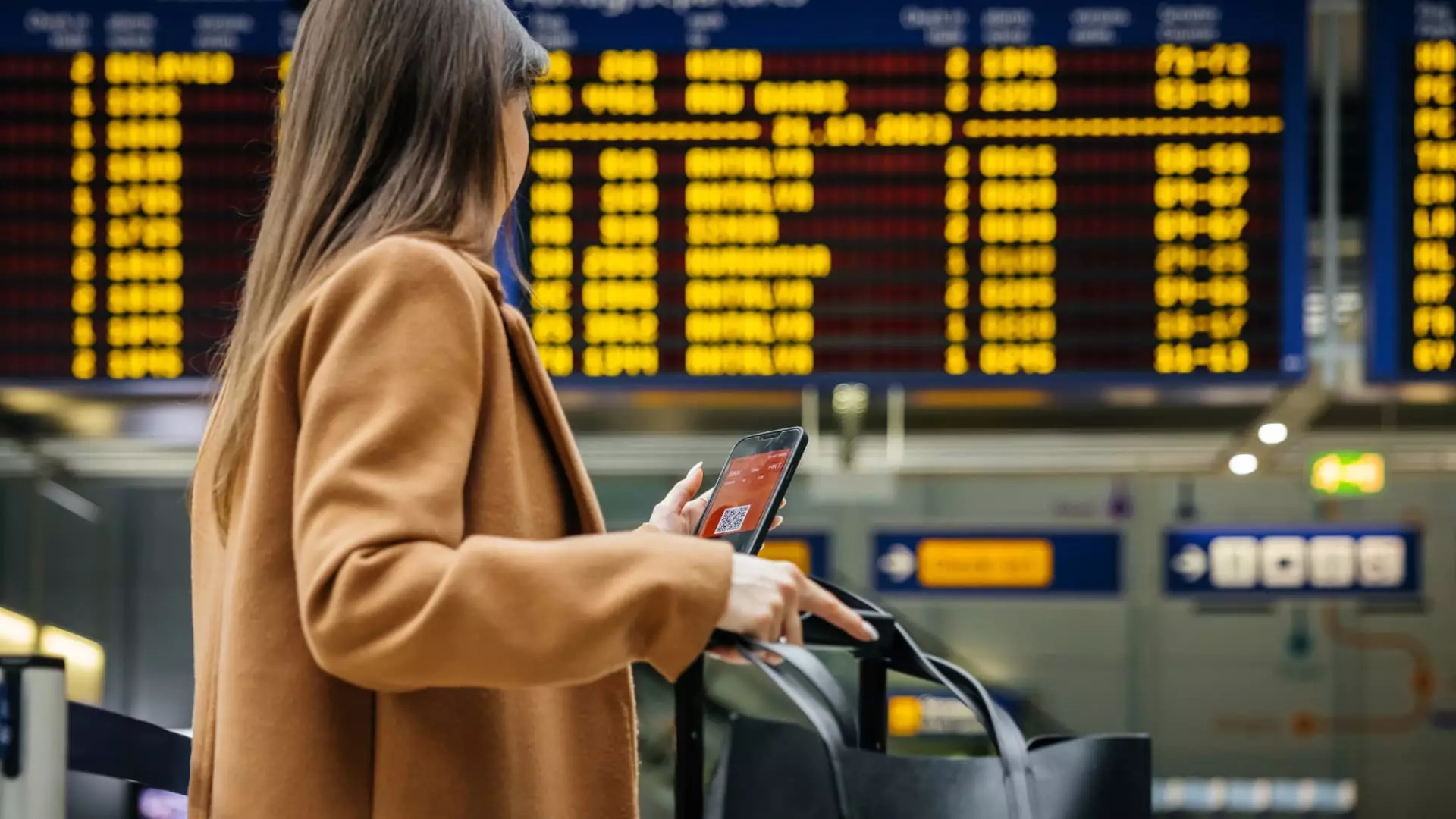Travel spending among American households continues to outpace its pre-pandemic levels, driven by a strong interest in international trips. According to economists at the Bank of America Institute, vacationing abroad has become a key part of travel momentum in recent times. Despite a slight decrease in overall travel spending from 2023, it remains significantly higher than 2019 levels, with an increase of 10.6% per household. This data is based on Bank of America credit and debit card transactions from January to mid-August.
International travel has been a particularly strong area of growth in recent months. A survey by the Conference Board revealed that 17% of Americans expressed interest in vacationing abroad in the next six months, a notable increase from previous years. Factors such as the easing of COVID-19 restrictions and falling prices for international airfare have contributed to this surge in demand. For example, the average round-trip fares to Europe have decreased this summer, making international travel more accessible to a wider range of consumers.
European destinations have continued to be the most popular among U.S. tourists, with the bulk of Americans’ spending from May to July allocated to travel within Europe. However, spending in Asia has seen the fastest growth, with an 11% increase compared to the previous year. Advantageous exchange rates have played a role in the rise of travel spending in Asia, according to Bank of America researchers. Despite the increase in international travel, a majority of Americans are still choosing to vacation domestically, with 68% of all trips beginning within the U.S.
Higher-income households, earning more than $125,000 annually, have been the driving force behind the surge in international travel. Luxury hotels have seen higher demand compared to standard accommodations, indicating that affluent travelers are more resilient and willing to splurge on travel experiences. While some cost-conscious travelers have expressed concerns over rising inflation, most are still planning to travel, albeit with some adjustments. McKinsey’s analysis suggests that budget-conscious travelers are adapting by booking travel during off-peak periods or making arrangements further in advance.
The recent trends in travel spending among American households highlight a strong interest in international trips, particularly to European and Asian destinations. While domestic travel remains popular, a significant portion of travelers are opting for overseas vacations. The influence of high-income households on the travel industry is evident, with luxury accommodations outperforming standard options. As the travel landscape continues to evolve, it will be interesting to see how consumer preferences and spending patterns shift in response to changing economic conditions and global events.

